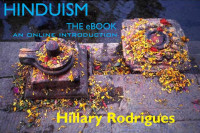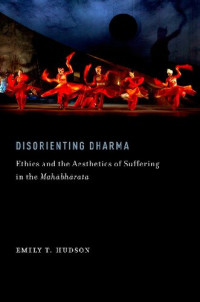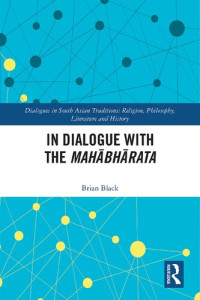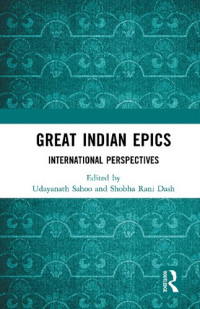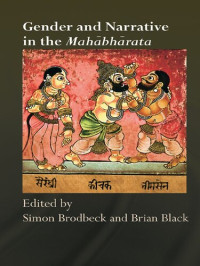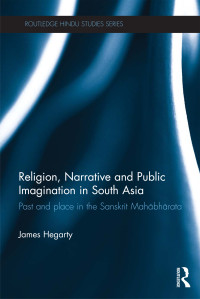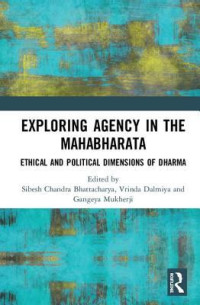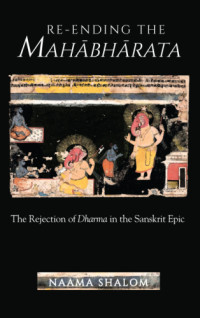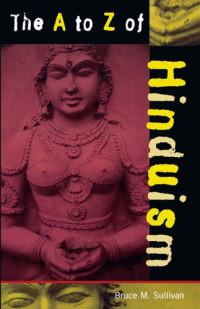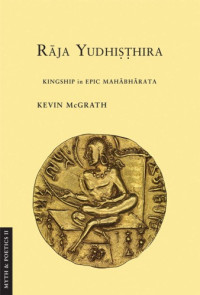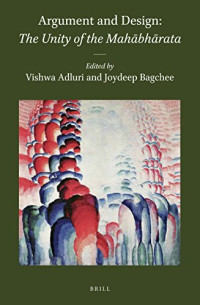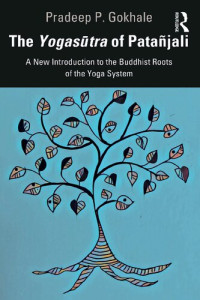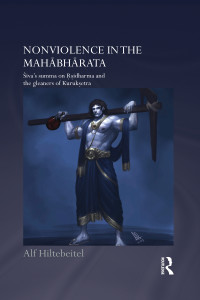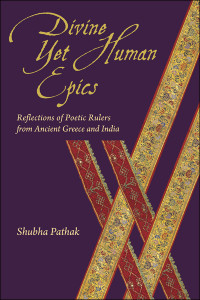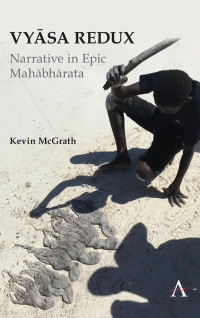
Nonviolence in the Mahabharata
Alf Hiltebeitel,
In Indian mythological texts like the Mahabharata and Ramayaa, there are recurrent tales about gleaners. The practice of "gleaning" in India had more to do with the house-less forest life than with residential village or urban life or with gathering residual post-harvest grains from cultivated fields. Gleaning can be seen a metaphor for the Mahabharata poets' art: an art that could have included their manner of gleaning what they made the leftovers (what they found useful) from many preexistent texts into Vyasa's "entire thought"-including oral texts and possibly written ones, such as philosophical debates and stories. This book explores the notion of non-violence in the epic Mahabharata. In examining gleaning as an ecological and spiritual philosophy nurtured as much by hospitality codes as by eating practices, the author analyses the merits and limitations of the 9th century Kashmiri aesthetician Anandavardhana that the dominant aesthetic sentiment or rasa of the Mahabharata is shanta (peace). Mahatma Gandhi's non-violent reading of the Mahabharata via the Bhagavad Gita are also studied. This book by one of the leaders in Mahabharata studies is of interest to scholars of South Asian Literary Studies, Religious Studies as well as Peace Studies, South Asian Anthropology and History.
წელი:
2016
გამომცემლობა:
Taylor & Francis (Unlimited)
ენა:
english
ISBN 10:
1317238761
ISBN 13:
9781317238768
ფაილი:
EPUB, 2.09 MB
IPFS:
,
english, 2016
 Amazon
Amazon  Barnes & Noble
Barnes & Noble  Bookshop.org
Bookshop.org  ფაილების კონვერტაცია
ფაილების კონვერტაცია ძიების მეტი შედეგი
ძიების მეტი შედეგი სხვა უპირატესობები
სხვა უპირატესობები ![Mittal, Sushil; Thursby, Gene; [Mittal, Sushil; Thursby, Gene;] — The Hindu World](https://s3proxy.cdn-zlib.se/covers200/collections/userbooks/7ccc581ddfe97a83e19e2f62c107a57e4217a073bef3a41570df54ff5b6a311e.jpg)

